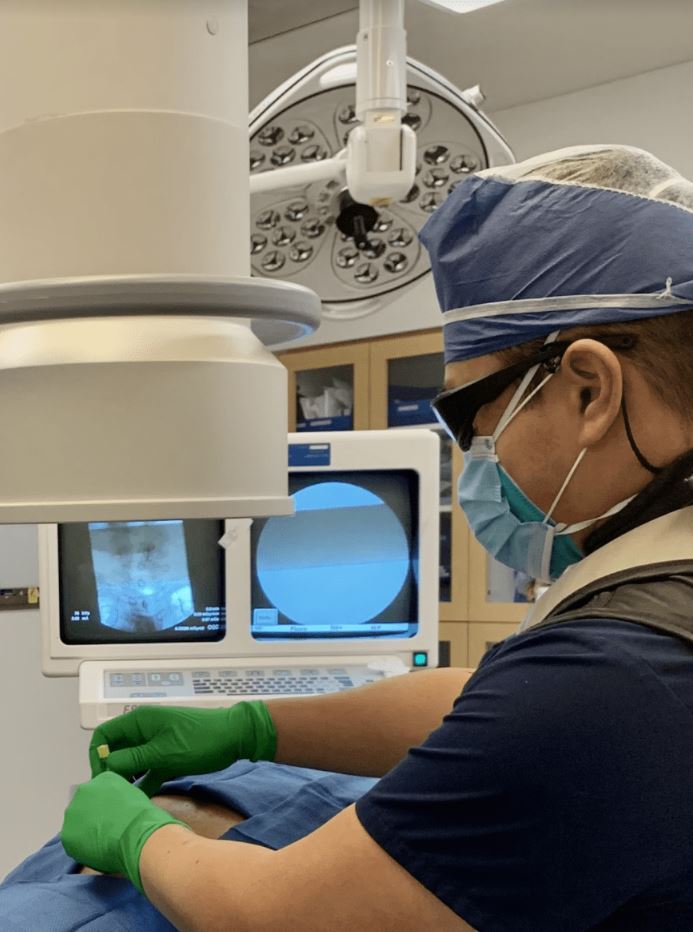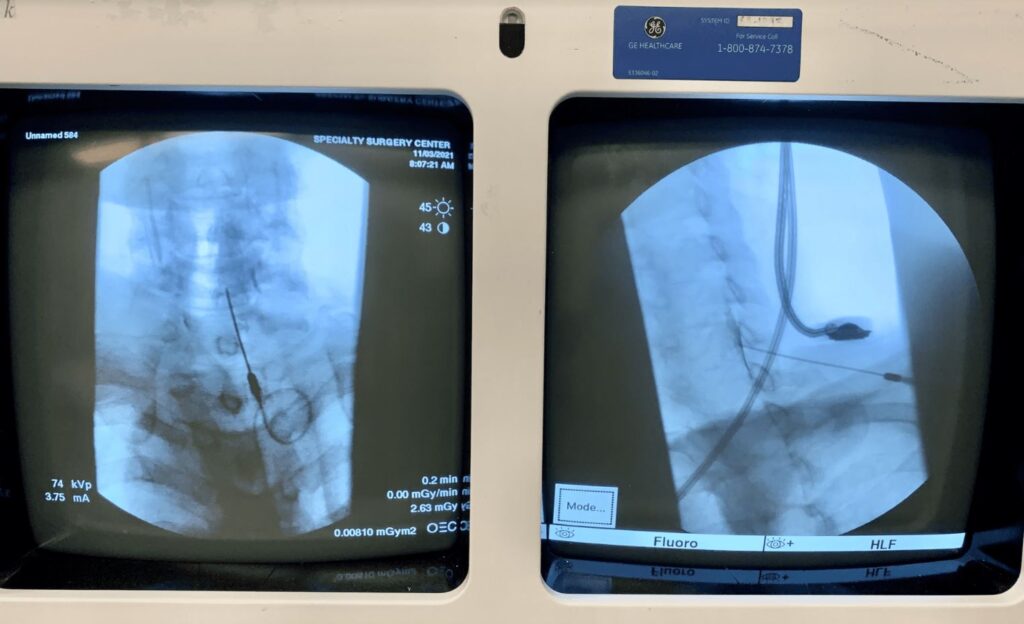Neck Pain Q & A
What causes neck pain?

Auto accidents and athletic injuries account for many cases of neck pain, but you don’t need to suffer an acute injury to end up with a neck problem.
Daily wear-and-tear frequently leads to neck pain. Your risk for neck pain also increases if you have poor posture or spend a long time bending your neck to look down at electronic devices. Additionally, the structures in your cervical spine (neck) develop degenerative problems as you get older.
The conditions that most often cause neck pain include:
- Whiplash
- Neck strains and sprains
- Herniated discs
- Slipped or misaligned vertebrae
- Osteoarthritis
- Degenerative disc disease
- Spinal stenosis
- Bone spurs
Some of these conditions cause pain due to pulled or torn soft tissues. Degenerative changes like arthritis, herniated discs, and spinal stenosis may cause severe pain as they compress the spinal nerves.
What symptoms accompany neck pain?
Neck pain usually occurs together with limited movement. You may also develop headaches, including migraines, from tight muscles and pinched nerves.
Pinched nerves add an additional level of pain. When you have a compressed nerve, you may experience pain and tingling that radiate down your arms. In severe cases, a pinched nerve may cause numbness or muscle weakness in your hands and arms.
How is neck pain treated?
After evaluating your neck and performing diagnostic imaging when needed, Dr. Pang develops a treatment plan based on the cause of the problem and the severity of your symptoms.
The first line of treatment usually includes conservative therapies such as gentle stretching exercises, avoiding activities that stress your neck, and anti-inflammatory medications.
You may need a temporary cervical collar to stabilize your neck, but prolonged use of a cervical collar only weakens your neck muscles, which makes your recovery more difficult.
When conservative measures don’t help (or you already had the standard treatments), Dr. Pang offers highly specialized treatments that effectively ease your pain. A few examples include:
- Epidural steroid injections
- Facet joint injection
- Medial branch block
- Radiofrequency ablation
- Spinal cord stimulation
- Platelet-rich plasma (PRP) injections
- Stem Cell Injections
- Botulinum toxin Injections
Treatments containing steroids effectively ease your pain by reducing inflammation. Many of the other treatments in this list target the specific nerves relaying pain messages to your brain. They block nerve transmission, so your brain doesn’t get the message, and consequently, you don’t feel the pain.
If you have facet joint arthritis, Dr. Pang may recommend platelet-rich plasma (PRP) injections or stem cell injections. This treatment reduces inflammation and accelerates tissue healing.
If you need help managing or resolving neck pain, call Edward K. Pang Medical Corporation or book an appointment online today.


